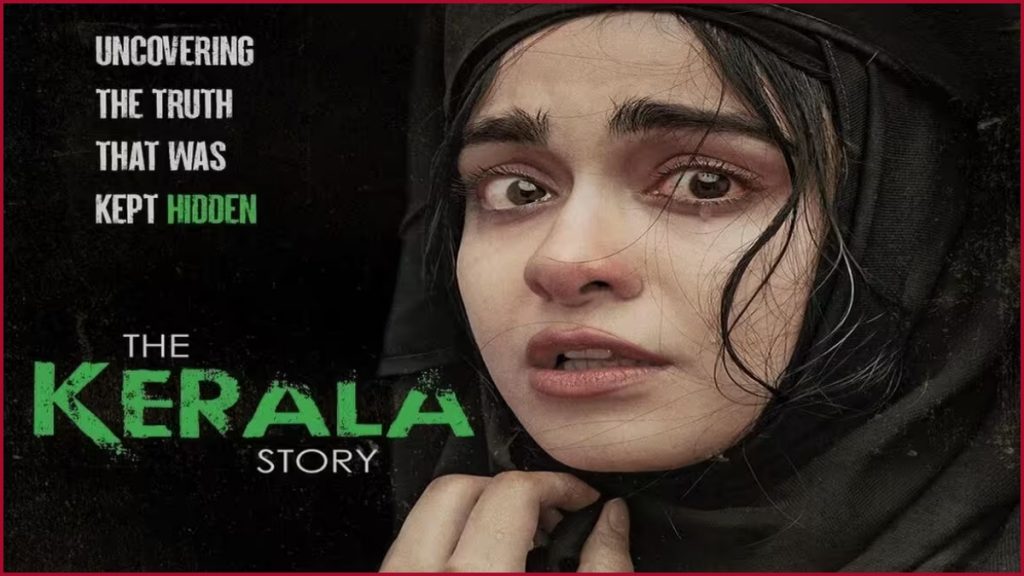New Delhi: Sudipto Sen’s contentious picture has been flying under scrutiny even before it enters theatres on May 5. The film made its highest-ever collection of about Rs 16 crore on Sunday, May 7, but saw a modest decline on Monday, still collecting in the double digits. Despite issues, negative reviews, bans, and boycotts, the film is doing well at the box office, having reached the 50 crore mark on Day 5 (May 09). While many people have praised the film, others have charged it with being propaganda and have demanded that it be banned.
Chief Minister Mamata Banerjee of West Bengal has banned the movie, citing worries about keeping calm and averting potential violence and criminal activity. According to trade reports, “the film is currently on a run in Mumbai, Central India, UP, Bihar, and Bangalore and is also outstanding.” According to preliminary estimates, Adah Sharma’s film grossed Rs 11 crore, a 10% increase over Monday’s total. The Kerala Story has already grossed around Rs 56.72 crore in 5 days.
West Bengal govt has decided to ban the movie ‘The Kerala Story’. This is to avoid any incident of hatred and violence, and to maintain peace in the state: West Bengal CM Mamata Banerjee
— ANI (@ANI) May 8, 2023
“The film will not make any money in West Bengal, but this only adds to the audience’s curiosity, and the fear that other states will ban it brings more people to the theatres”, said Box Office India.
As one of the 32,000 women who disappeared from Kerala, Adah Sharma portrays Fathima Ba, a Hindu Malayali nurse who was later abducted by the ISIS (Islamic State of Iraq and Syria) after having been compelled to switch to Islam, in the movie “The Kerala Story.” The movie also exposes the ‘Love Jihad’ propaganda, in which Muslim males coerce Hindu girls into becoming Muslims and leaving their families.
A petition was started against the movie shortly after its trailer was released, claiming that it contained the “worst kind of hate speech” and “audio-visual propaganda.” Many political people criticised the film, claiming that its makers had made up the statistic “32000 women” and falsely claimed that it was centred on an actual event.

